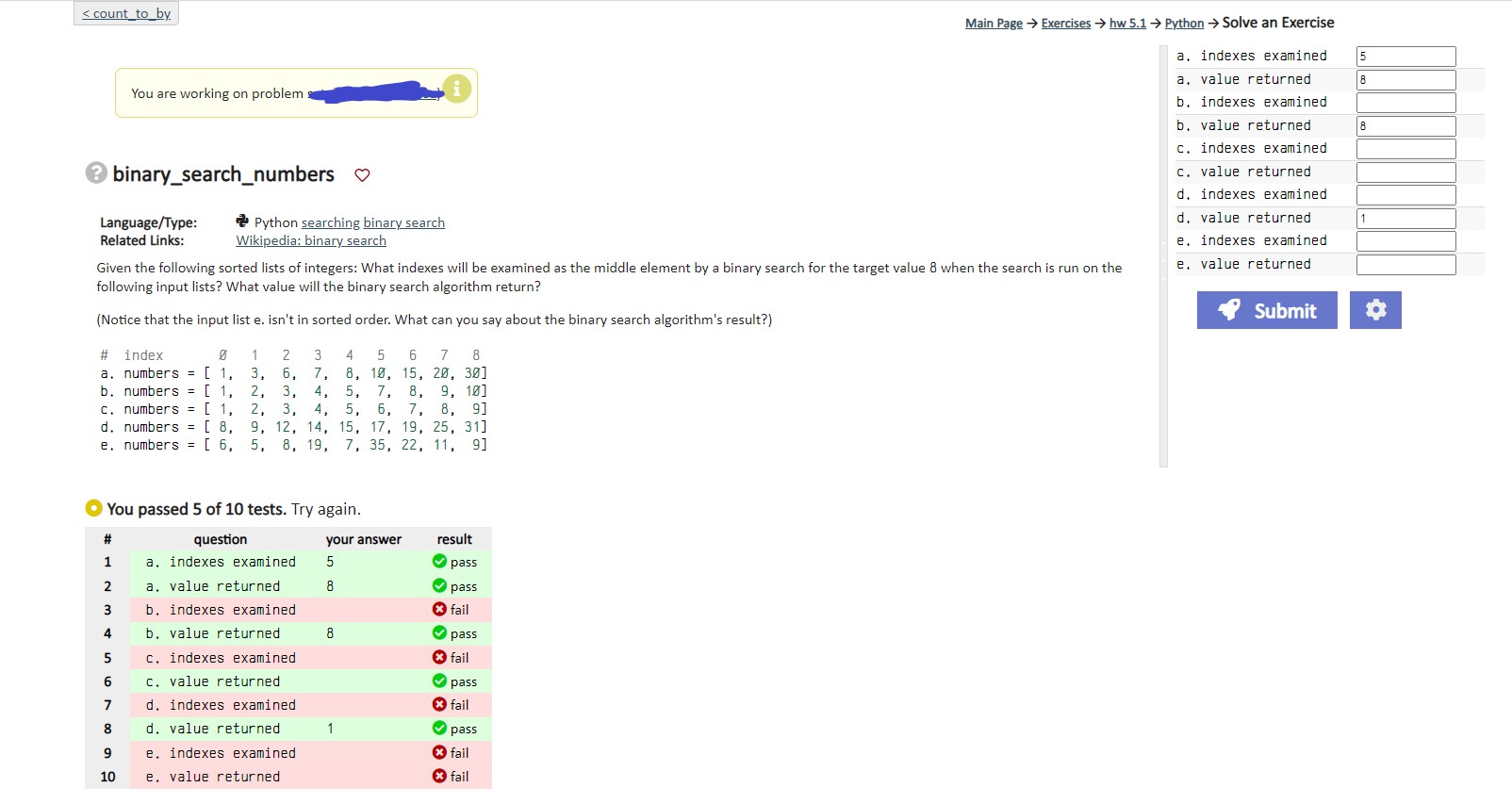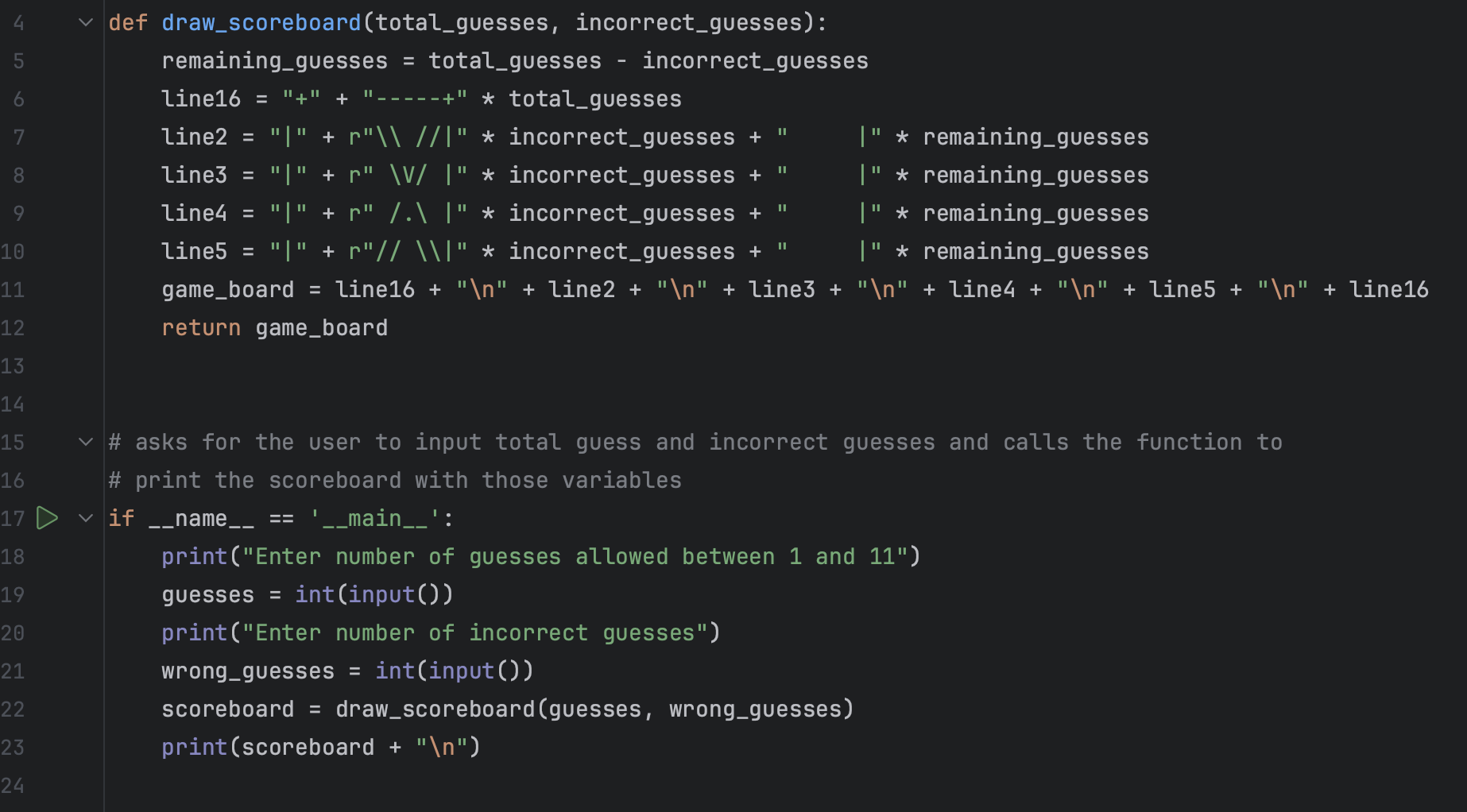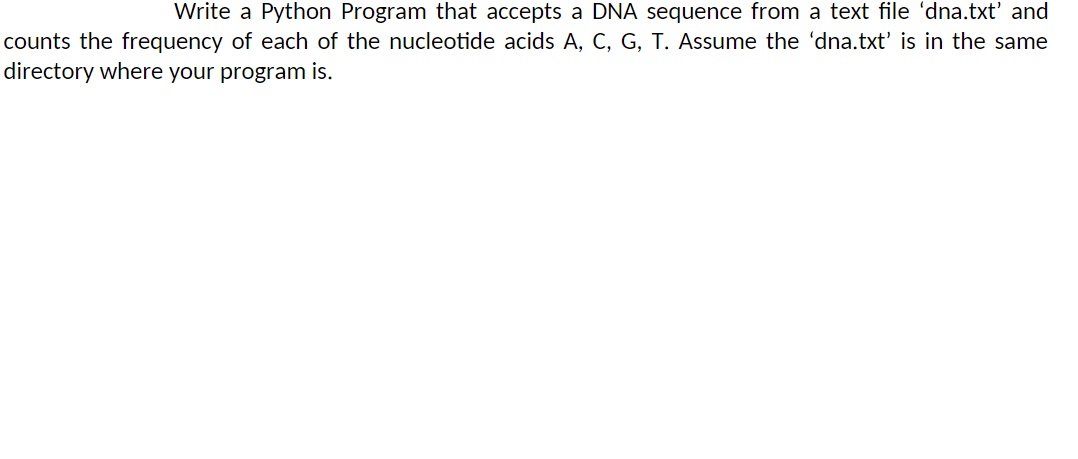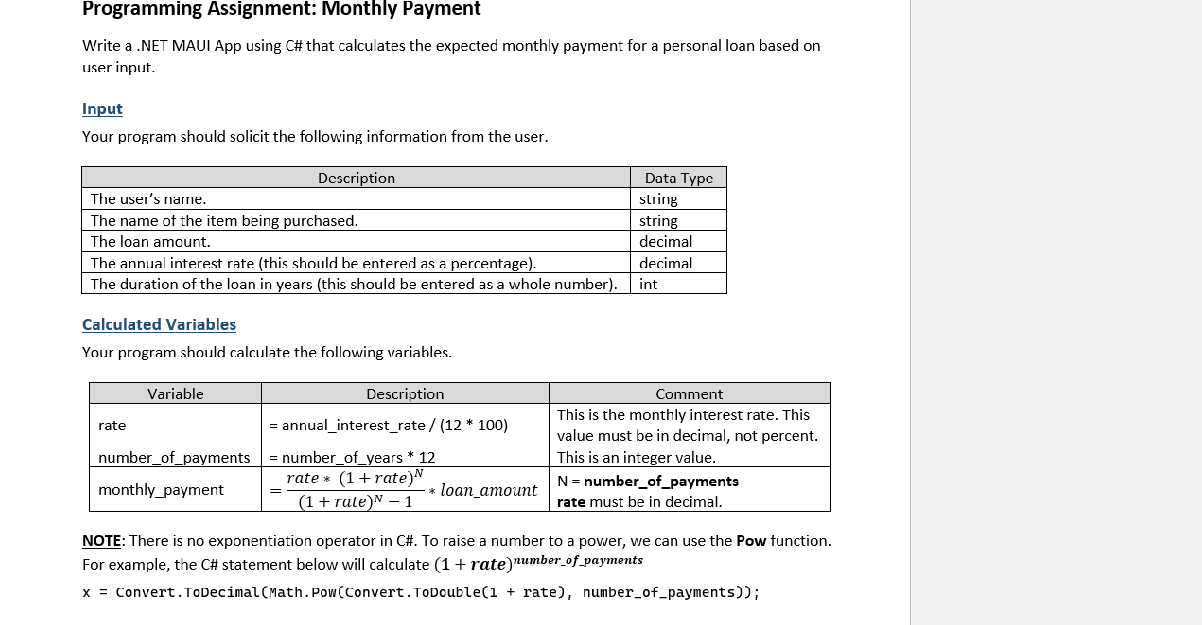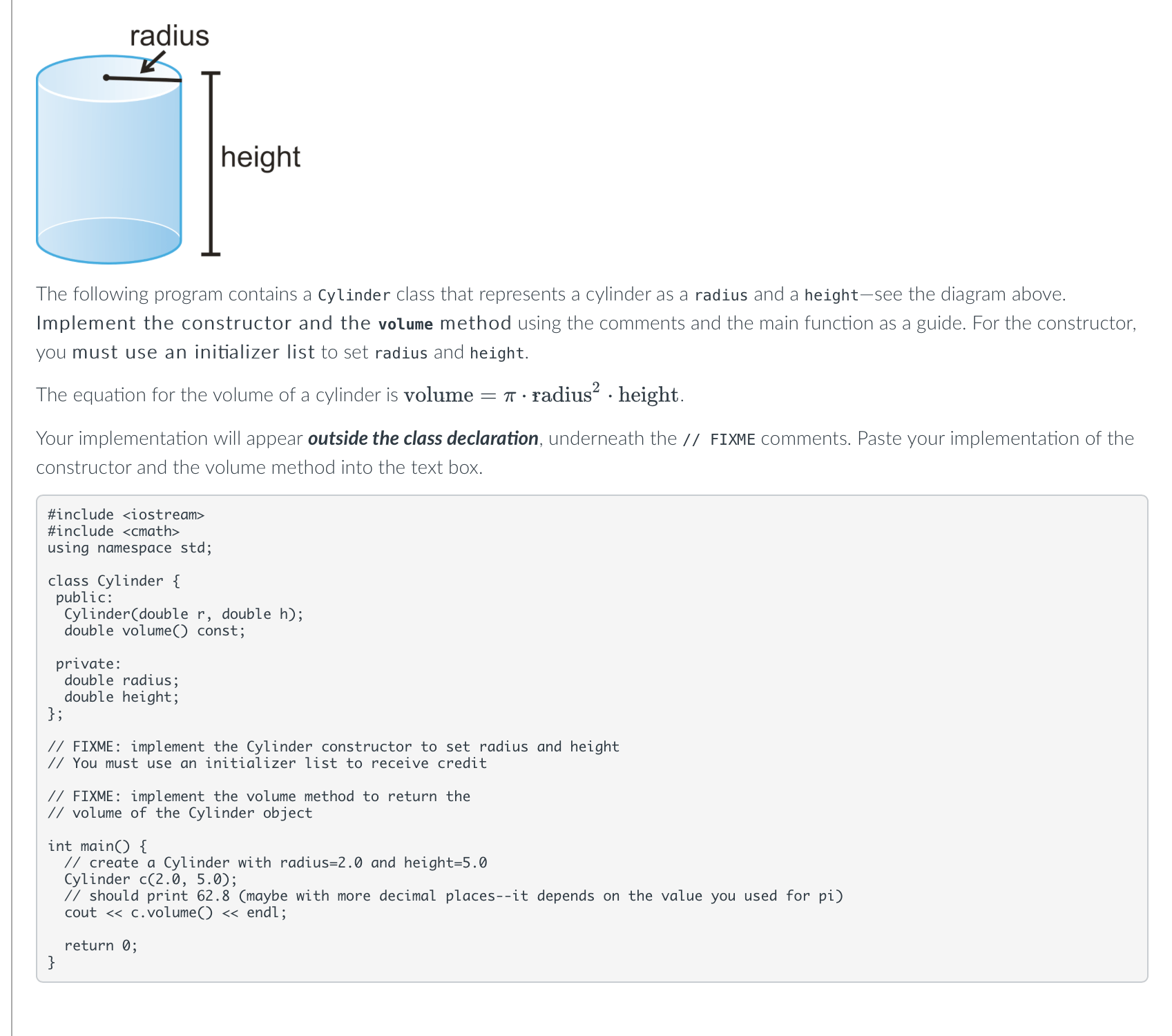
The following program contains a Cylinder class that represents a cylinder as a radius and a height – see the diagram above. Implement the constructor and the volume method using the comments and the main function as a guide. For the constructor, you must use an initializer list to set the radius and height. The equation for the volume of a cylinder is volume = radius^2 * height. Your implementation will appear outside the class declaration, underneath the // FIXME comments. “` #include

